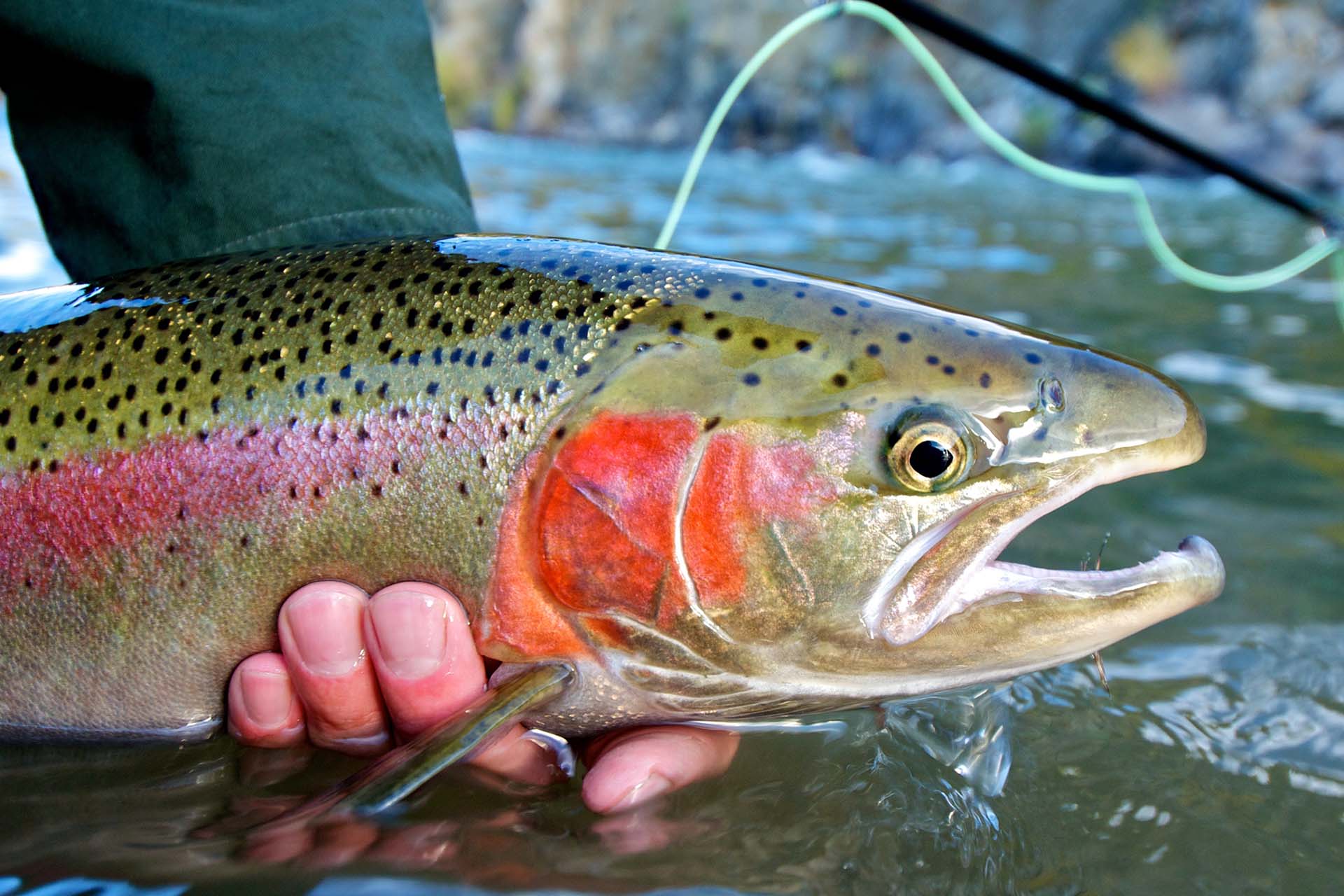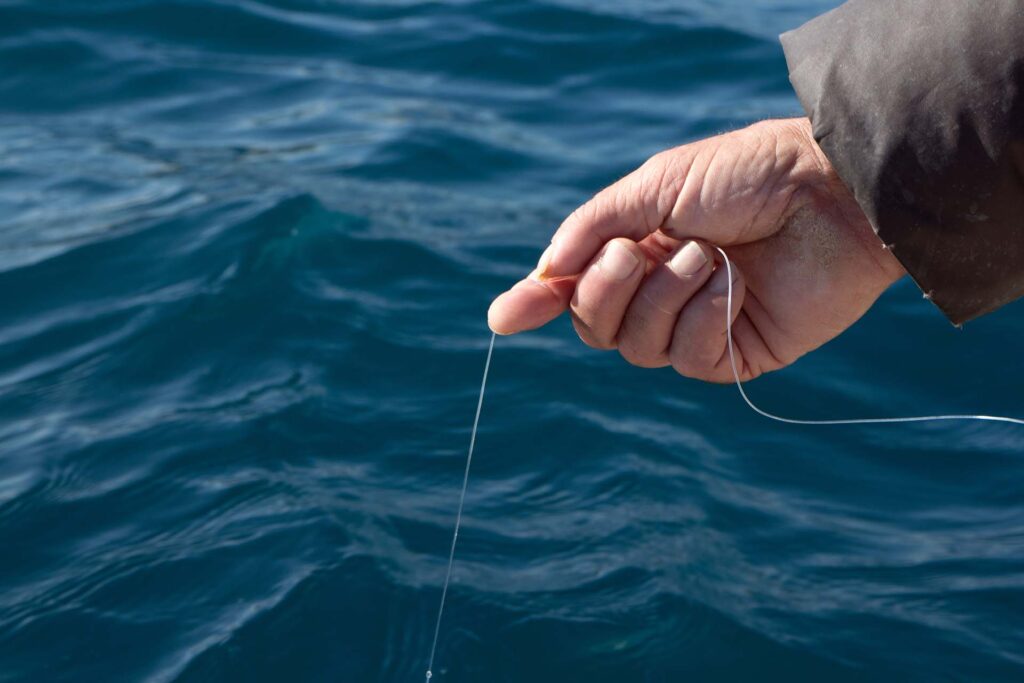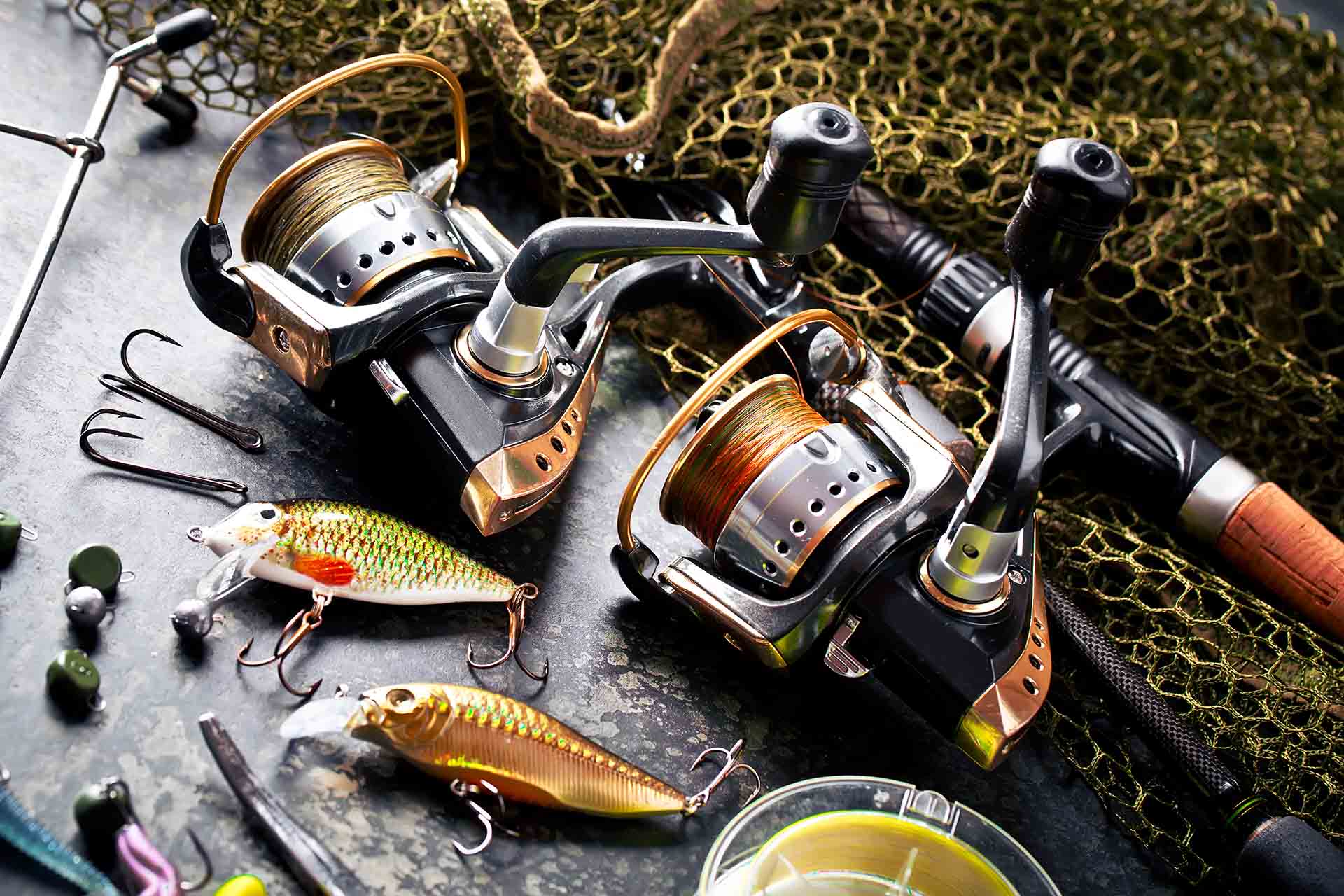When it comes to the captivating world of aquatic species, the salmon vs. tilapia debate is sure to reel you in. Both of these species have captivated the hearts of seafood aficionados and fishing enthusiasts alike. However, their distinct attributes, habits, and roles in culinary and ecological spheres make them fascinating subjects of comparison. So, let’s dive into this deep-sea duel.
Due to their distinctive features, both species are pretty recognizable. When it comes to their preferred habitats and temperature ranges, there’s a pretty big difference – salmon is typically found in saltwater environments while tilapia is usually in freshwaters, enjoying warmer temperatures than its counterparts. Because of this, the techniques employed to catch them are also vastly different.
A Closer Look at the Distinctive Physical Appearance of Both Species
Let’s kick things off by focusing on what’s immediately visible – their looks. Both of these fish species boast unique and distinctive features that make them easily recognizable. These unique traits are not just visually appealing but also tell tales of their evolutionary journeys and habitats.
Features of the Northern Beauty
Falling under an umbrella name that encompasses various species, salmon is an illustrious member of the Salmonidae family, sharing kinship with the likes of trout and grayling. This fish is easily recognizable by its sleek body and the unmistakable dorsal fin.
While its streamlined body is definitely a sight to behold, the colors are even more distinct. Shimmering in silver hues on the underside while showcasing darker blue-green shades on top, some species might even have shades ranging from subtle pink to fiery red.
Here are the most common species from this family:
- Coho,
- Chum,
- Chinook,
- Sockeye,
- Atlantic salmon.
The Physical Appearance of Tilapia
Encompassing almost a hundred fish species in the Cichlidae family, tilapia are unique in their body structure. Their deep-laterally compressed bodies are just the beginning, as they boast numerous distinctive features that set them apart from the rest of the aquatic crowd.
Boasting two sets of jaws – the mandibles and the pharyngeal – they’ve evolved into formidable feeders, capable of handling diverse food sources. Their dorsal fin stretches long and proud, and their lateral line takes stops just past the dorsal fin, only to continue a couple of scale rows down.
Most of the popular species are often named after the rivers or areas they inhabit, including:
- Nile,
- Mozambique,
- Blue tilapia.
Which Species Boasts a Bigger Size?
When it comes to size, the northern beauty takes the crown, with adult salmon weighing between 7 and 12 pounds on average. Some remarkable instances recorded them tipping the scales at an impressive 135 pounds.
On the flip side, its contender is generally smaller, with adults hovering in the 2 to 6-pound range. The record stands at a respectable 9.6 pounds. So, while the northern counterpart is overall larger, on average, these species are not worlds apart in size.
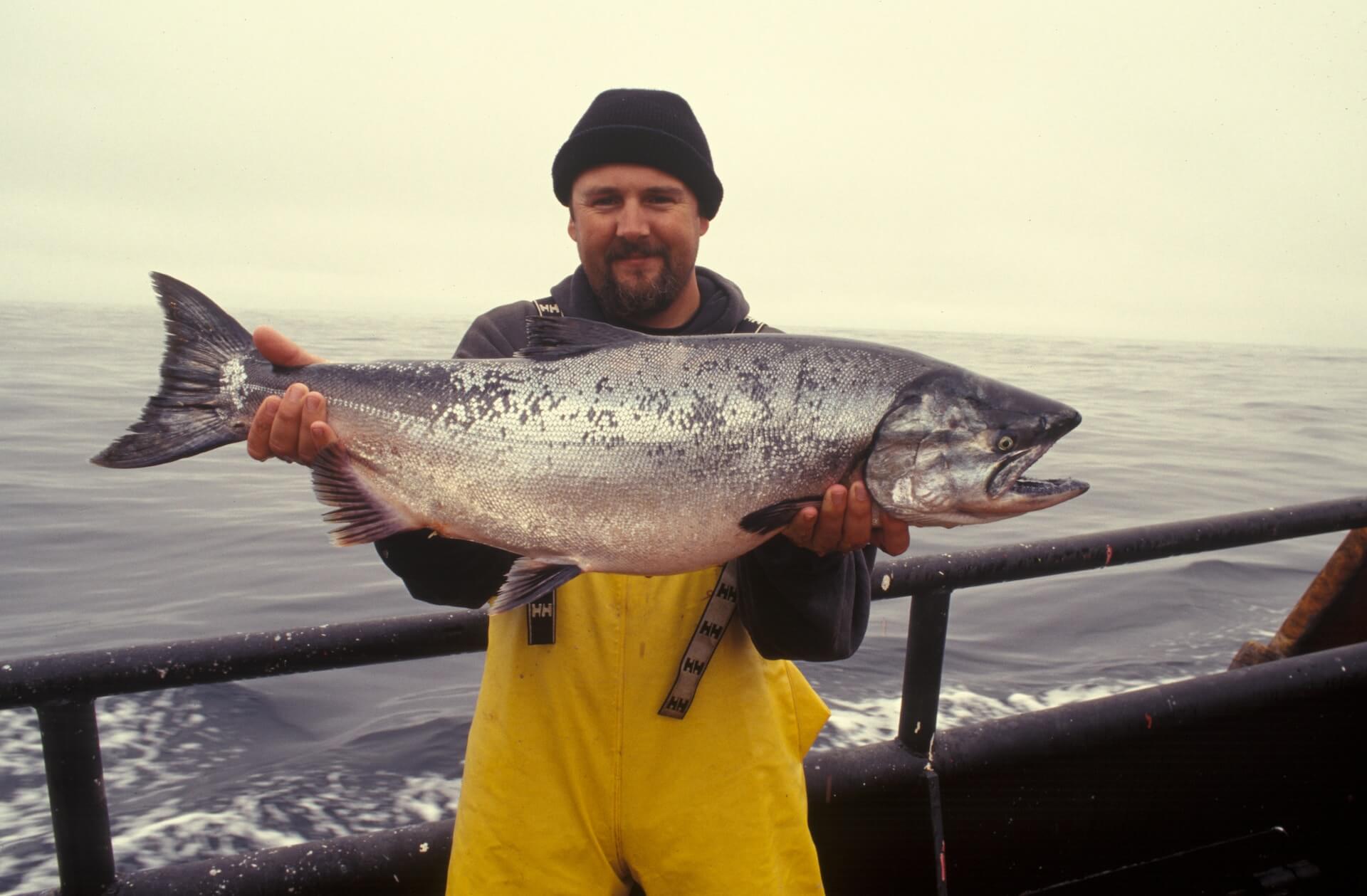
Salmon vs. Tilapia – The Waters These Species Inhabit
It’s truly fascinating how nature crafts creatures to survive in specific habitats, and these species are the perfect examples of that. While the former is gifted with euryhaline attributes, allowing them to flourish in both freshwater and saltwater areas, the latter is primarily found enjoying calm freshwater environments.
The Preferred Habitat of Salmon
Originally hailing from tributaries of the North Atlantic and Pacific, salmons mainly linger around the icy fringes of these vast oceans. Over the years, introductions and adaptations have seen them making waves in diverse areas, from the Great Lakes in North America to the chilly waters around New Zealand’s South Island.
Here’s an overview of the preferred habitats of the most common species:
| Species | Preferred Habitats |
|---|---|
| Coho | Coastal areas of the Pacific and freshwater lakes in Asia and North America |
| Chum | Coastal areas of the Pacific, freshwater rivers, and streams |
| Chinook | Coastal areas of the Pacific, large freshwater rivers, and estuaries |
| Sockeye | Coastal areas of the Pacific, freshwater lakes and rivers |
| Atlantic | Coastal areas of the Atlantic, freshwater rivers in North America and Europe |
The Preferred Habitat of Tilapia
This fish predominantly favors freshwater environments like gentle streams, serene ponds, and winding rivers. While they are first and foremost associated with these locations, there are instances, such as the red tilapia, that have adapted to tolerate brackish and even seawater conditions. This is due to the resilience inherited from their parent species.
Here’s an overview of the preferred habitats of the few well-known species:
| Species | Preferred Habitats |
|---|---|
| Nile | Rivers, lakes, canals, and creeks |
| Mozambique | Slow-moving waters such as rivers, lagoons, and impoundments |
| Blue Tilapia | Fertile lakes, rivers, streams, and canals |
All in all, these species hail from different watery realms – one from the cold, expansive oceans and the other from tranquil freshwater habitats. Although certain species are native to specific regions, their current presence is far more widespread. Human intervention and aquaculture have resulted in both these species being introduced to various corners of the globe, making them both familiar and prized catches in a myriad of waters.
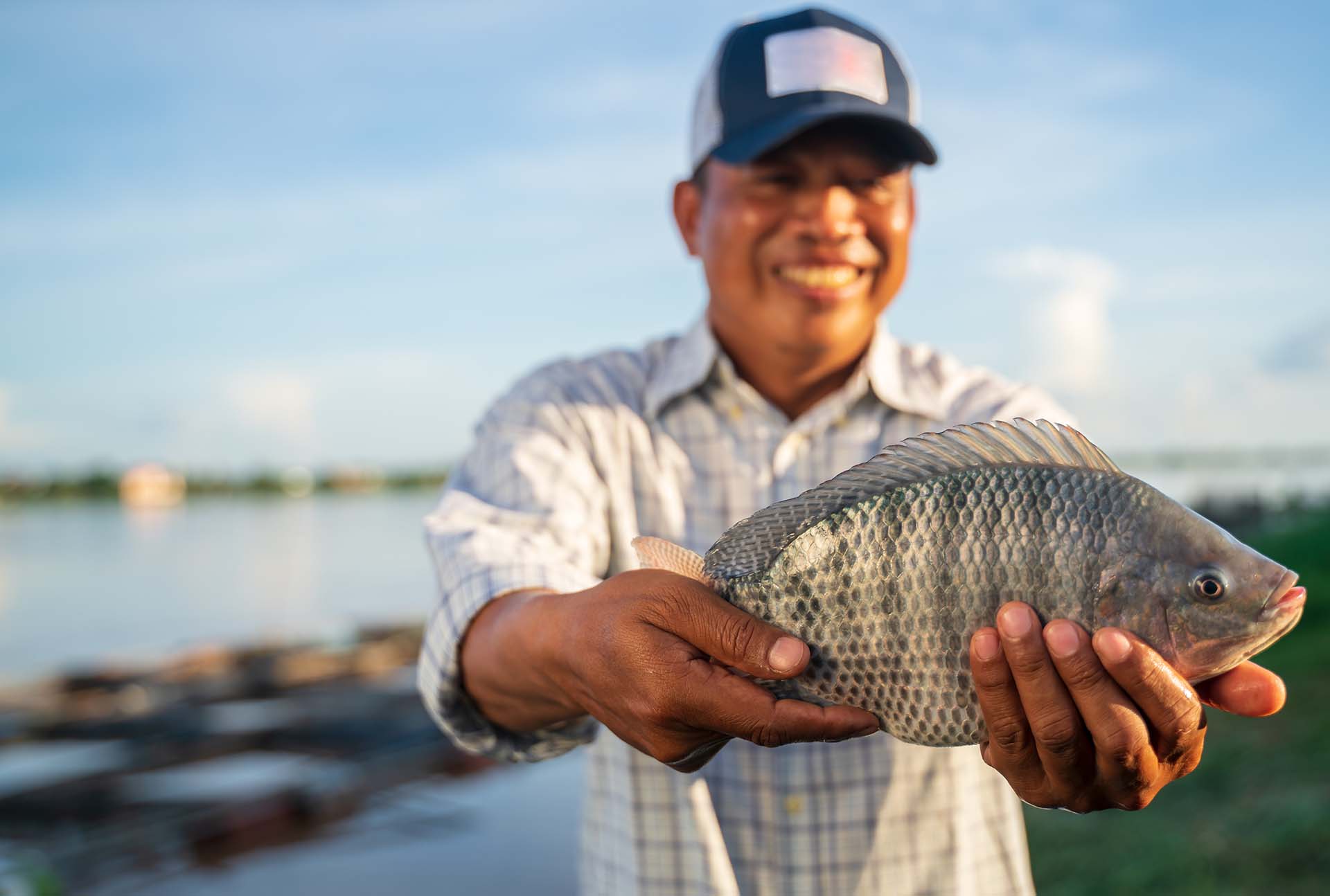
How These Species Differ When It Comes to Temperature Preferences and Seasonal Patterns
When it comes to optimal temperature ranges for these species, there is a big difference. The range between 40°F (4.4°C) and 50°F (10°C) is where salmons truly flourish, while the other species prefer much warmer temperatures.
The range for tilapia is typically between 75°F (24°C) and 85°F (29°C). Anything lower than that, and these fish have quite a trouble surviving, as do their counterparts when the water is warmer than their suitable range.
Salmon’s Seasonal Patterns
These fish are usually anadromous, which implies that the transition from freshwater to saltwater is a crucial part of their life cycle. They have a lifespan of two to seven years, and the journey begins in the gentle freshwater streams where they lay their eggs. They lead a marine lifestyle, only to travel back to freshwater to reproduce.
Here’s a brief overview of the seasonal patterns of this species:
- Spring – they begin to migrate from freshwater to the ocean,
- Summer – they are adjusting to life in the ocean, all while feeding and growing,
- Autumn – certain species are preparing to go back to freshwater and spawn,
- Winter – many of them stay in the ocean, but some migrate to freshwater to reproduce.
Tilapia’s Seasonal Patterns
As ectotherms, the behavior and activity levels of this fish are significantly influenced by water temperature. They usually live around 10 years and, as already mentioned, spend most of their life in freshwater environments, with only a few species successfully thriving in brackish waters. So, like their counterparts, they can also migrate between saltwater and freshwater, but it’s a lot less common.
Here’s an overview of the typical seasonal patterns of this species:
- Spring – they have increased activity and feeding,
- Summer – they continue to have increased activity and grow considerably larger,
- Autumn – the activity decreases in preparation for colder months,
- Winter – the feeding and activity is minimal to conserve energy.
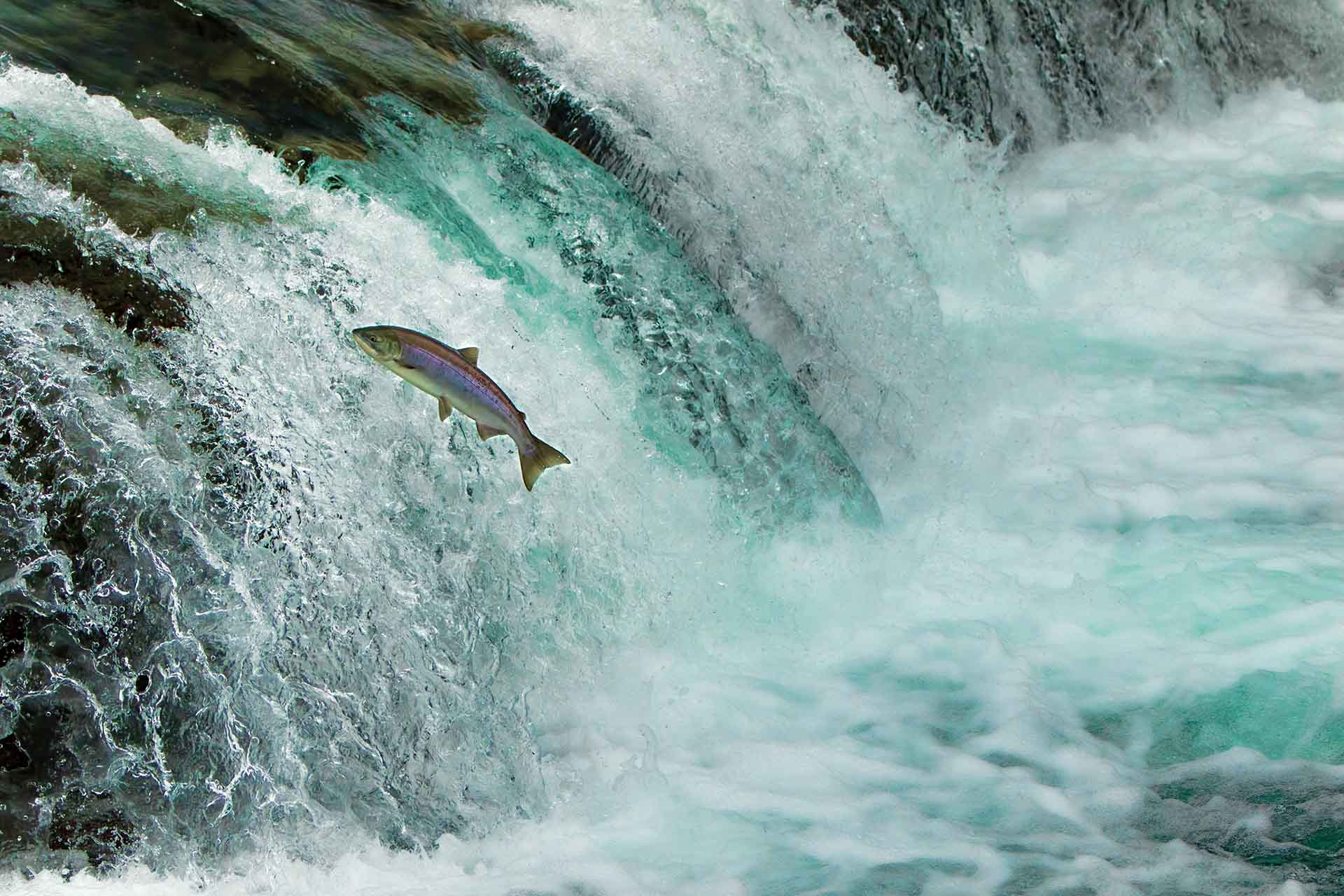
Tilapia vs. Salmon – The Most Effective Fishing Techniques
Now that we’ve journeyed through the distinct characteristics of these two species, it’s pretty clear that catching them entails different fishing techniques. So, let’s explore the diverse tactics that anglers commonly employ to hook these underwater treasures.
There Are Plenty of Effective Methods to Catch Salmon
Catching the northern beauty requires some finesse and strategy. Trolling is a widely used fishing style, involving trailing lures or baited lines behind a moving boat. Drift fishing is another popular approach, where you cast upstream and allow your bait to drift downstream, effectively enticing salmon.
Last but not least, another widely embraced technique is fly fishing. This method requires specific gear, including a medium-action fly-fishing rod, as well as meticulously crafted artificial flies. These flies, designed to imitate insects and other natural prey, are lightweight and play a crucial role in presenting an authentic bait to entice the fish.
It’s Best to Use Very Light Tackle for Catching Tilapia
Catching these freshwater delights demands much more finesse due to their cautious nature. Employing very light tackle is key, but their preference for soft plastics, white bread, or earthworms necessitates patience.
It’s best to opt for a light-to-mid-action fishing rod and combine it with a spinning reel and a monofilament line. This setup enhances your chances of a successful catch while respecting the innate wariness of these clever fish.
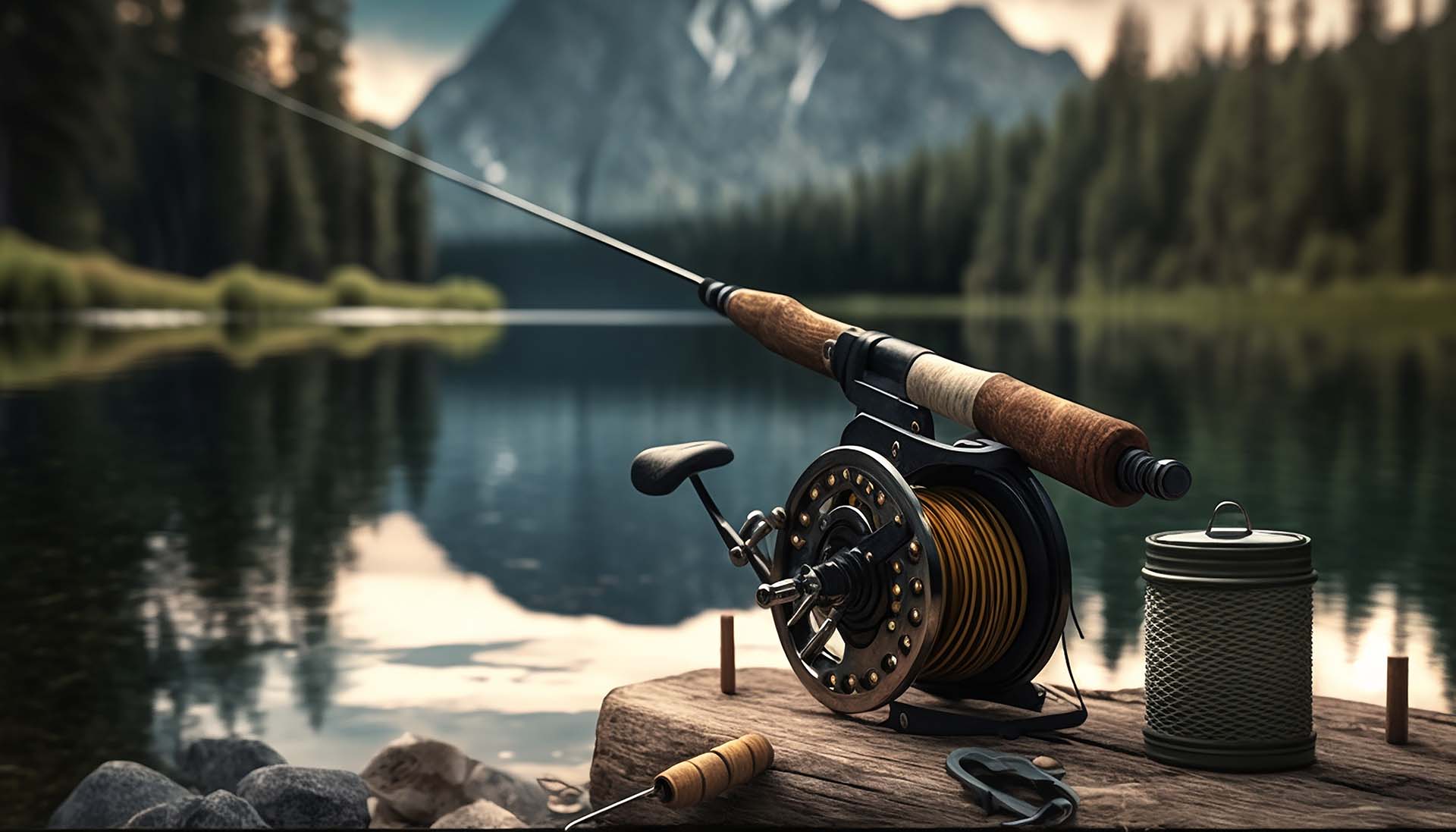
Tilapia vs. Salmon Nutrition and Culinary Uses
Now that you know how to catch these fascinating creatures, let’s see what they’ve got in store once they are on your plate. When it comes to omega-3 in tilapia vs. salmon, there is quite a difference, with the latter boasting over ten times the amount found in its counterpart. Moreover, this fish also has more iron, potassium, vitamin D, phosphorus, and zinc. On the other hand, the freshwater species claims supremacy in calcium, magnesium, and selenium.
But enough of the salmon vs. tilapia nutrition values – let’s talk about the culinary uses. The richness of salmon’s flesh, coupled with its higher fat content, makes it a favorite for grilling, baking, and smoking. On the other side of the spectrum, tilapia’s milder taste and adaptable flavor profile make it a blank canvas for various culinary treatments. At the end of the day, it all boils down to personal taste and how much you’re willing to experiment in the kitchen.

The Impact of These Aquatic Species on the Environment
As both species are pretty popular in the kitchen, they are very spread in farming practices worldwide. However, salmon is definitely winning this race, with Norway and Chile being at the forefront of these efforts. But this race is not a good one – the chemicals and remnants of these practices find their way to the ocean’s abyss and this results in a depletion of oxygen levels. This, in turn, instigates a chain reaction that stifles biodiversity within the habitat.
The tilapia’s journey is a curious one – they are considered an invasive species, having a disruptive presence in new, warm-water ecosystems such as Australia. So, their introduction – either deliberate or accidental – stands as a concern.
Reeling in the Final Thoughts
As our deep dive into these fascinating aquatic creatures ends, one thing’s for certain – here, there are no superior species, there are only personal preferences. Both fish are very distinctive, and the unique features of one might prevail over the other depending on the angler. All in all, it’s your decision which one you’ll target this fishing season. While keeping their respective environmental impact in mind, it’s time to get out there and reel in some trophies!




